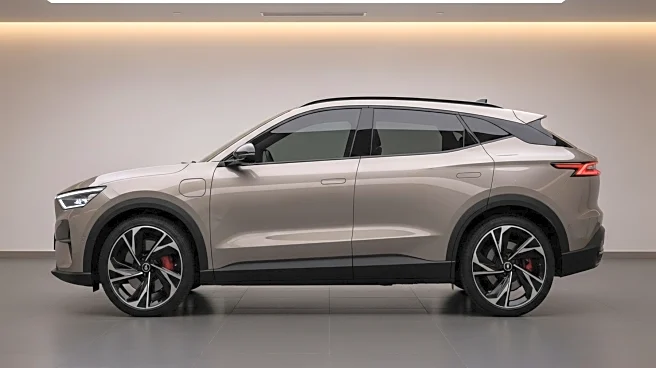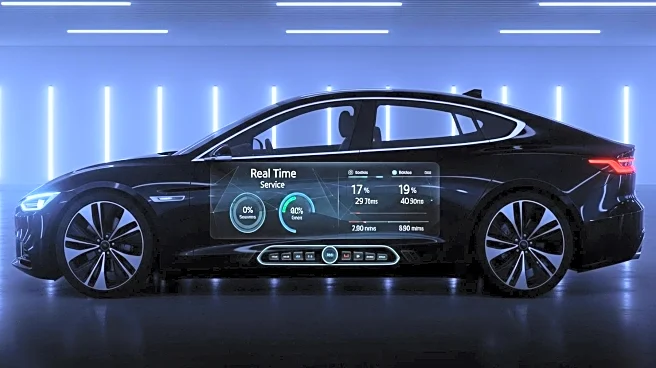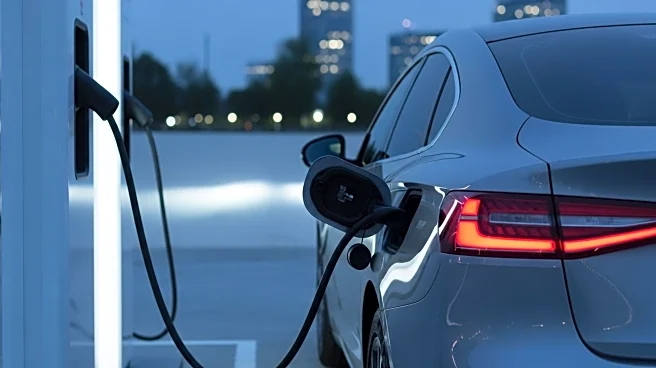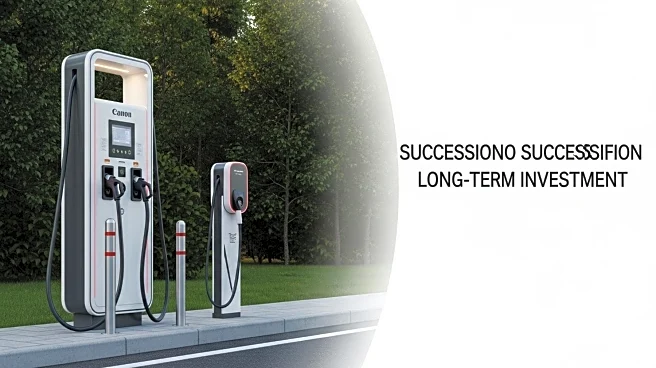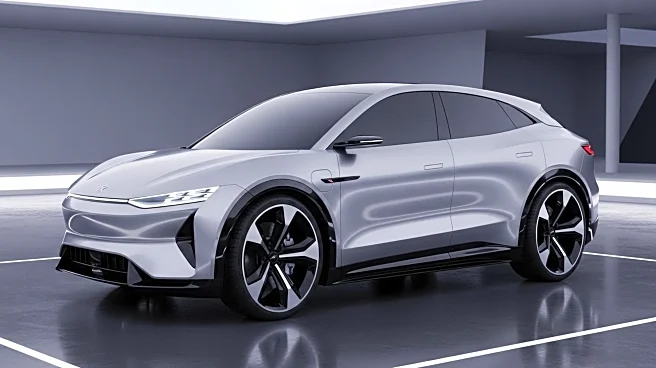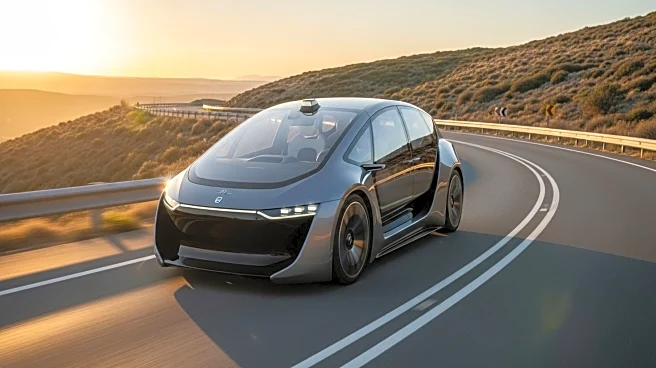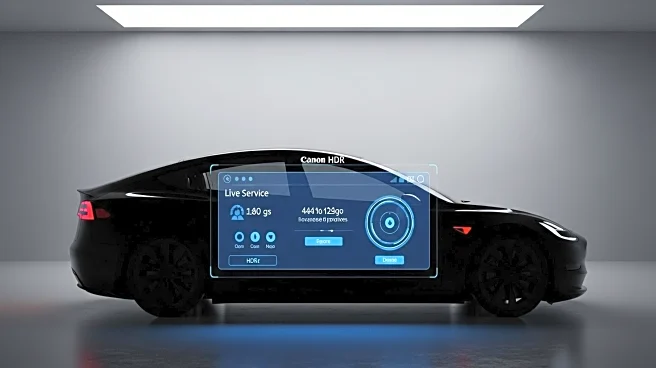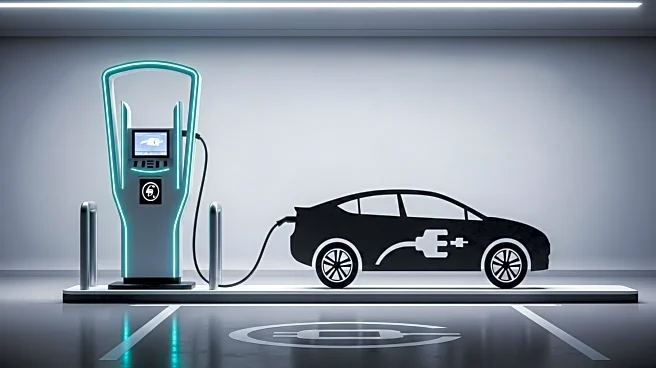What's Happening?
The Chinese electric vehicle manufacturer Nio has introduced the Onvo L60, a new SUV under its family-oriented brand Onvo. The vehicle is priced between $21,020 and $29,010, depending on whether customers opt for the Battery as a Service (BaaS) plan or purchase the battery outright. The Onvo L60 is equipped with a 'smart cockpit' that features a minimalist design, high-resolution displays, and a powerful Qualcomm Snapdragon 8295P chipset. It also includes an AI voice assistant named Xiaole, an 18-speaker audio system with Dolby Atmos, and the Coconut OS for over-the-air updates. The vehicle is designed with family-friendly features such as an optional under-floor refrigerator and rear entertainment screen. Deliveries are expected to begin by the end of October, with incentives offered for early orders.
Why It's Important?
The launch of the Onvo L60 represents Nio's strategic move to capture a larger share of the family-oriented electric vehicle market. By offering advanced technology and competitive pricing, Nio aims to attract consumers who are looking for affordable yet feature-rich electric vehicles. This could potentially increase Nio's market presence and challenge other established EV manufacturers like Tesla. The inclusion of family-friendly features and advanced AI capabilities highlights the growing trend of integrating smart technology into vehicles, which could influence future automotive designs and consumer expectations.
What's Next?
As deliveries of the Onvo L60 are set to begin by the end of October, Nio is likely to focus on marketing and customer engagement to boost sales. The company is offering several incentives for early buyers, which may drive initial demand. The success of the Onvo L60 could lead to further expansion of Nio's product line and influence other automakers to enhance their offerings in the family-oriented EV segment. Additionally, the vehicle's performance in the market will be closely watched by industry analysts to gauge consumer response to Nio's pricing and feature strategy.

